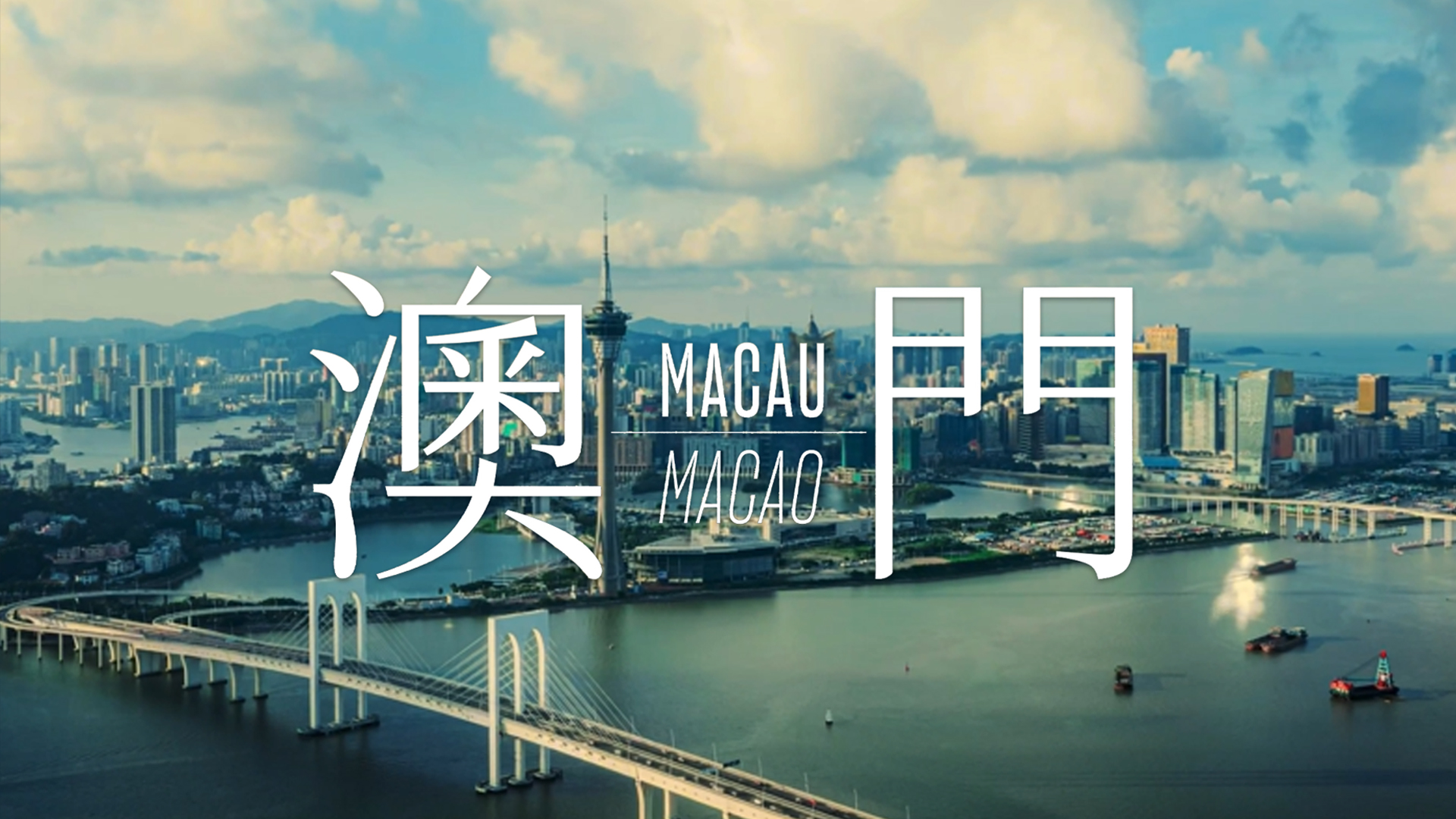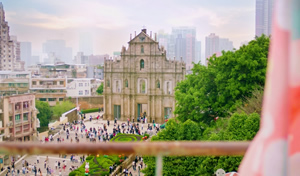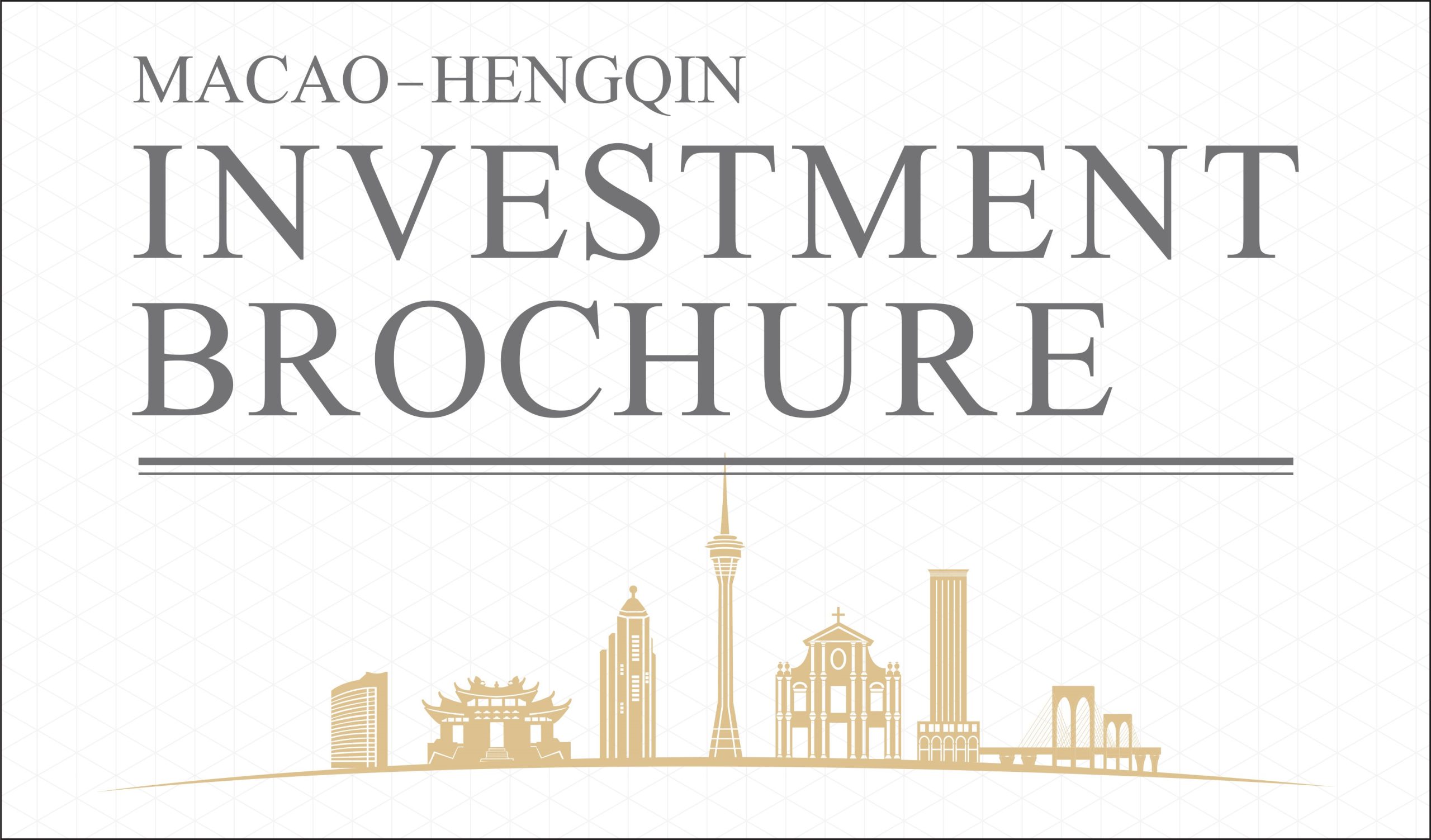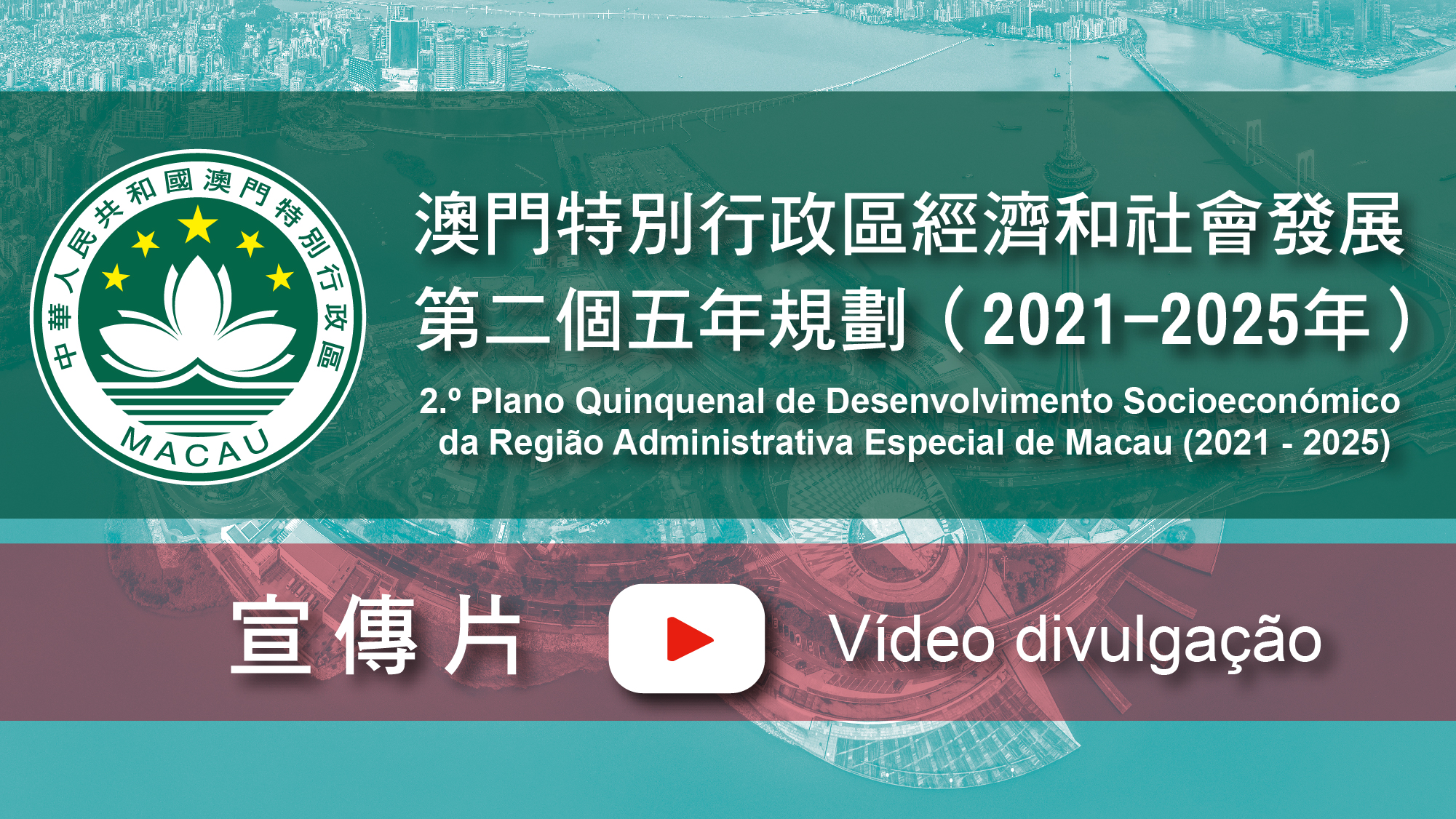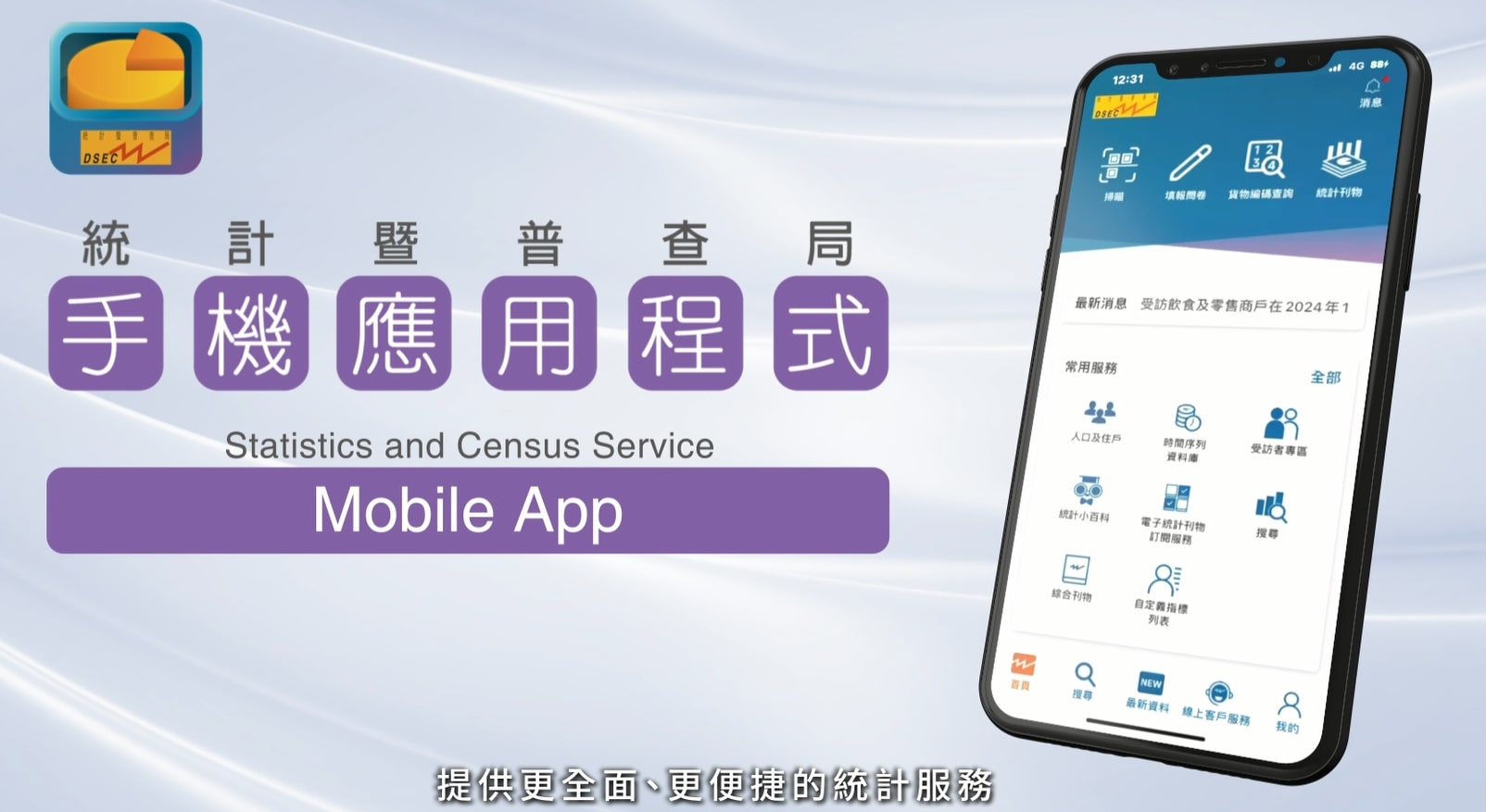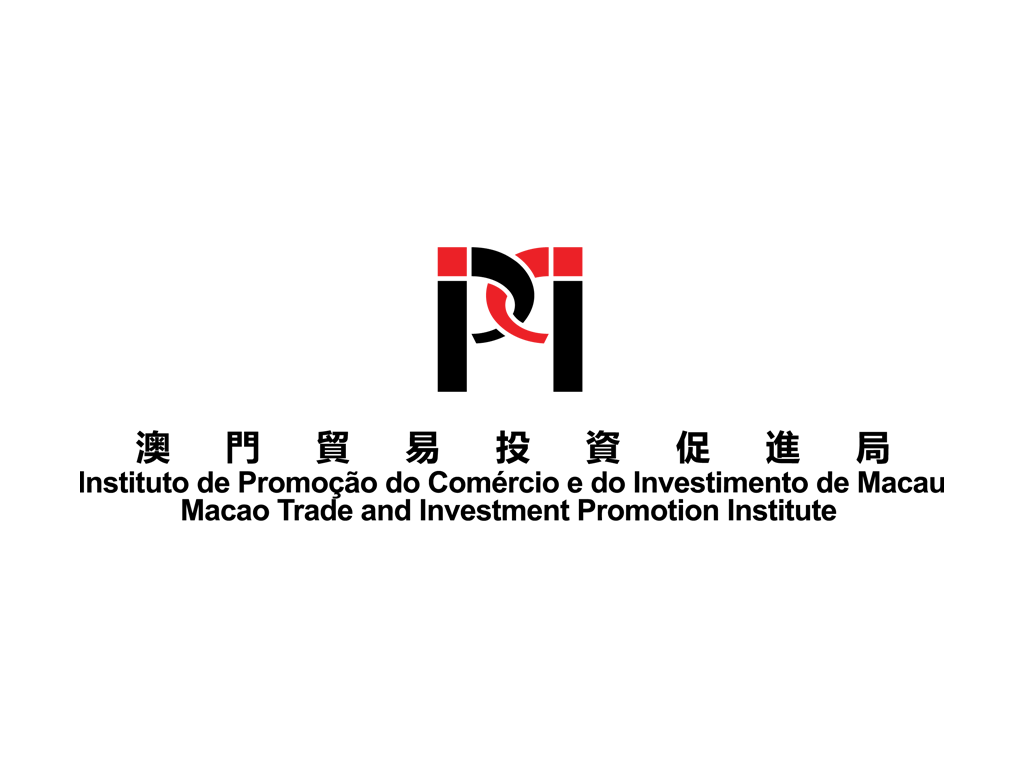Search Issues
Pakistan
Pakistan, located in the north-western portion of the Indian subcontinent, is bordered by India to the east, China to the northeast, Afghanistan to the northwest, Iran to the west and the Arabian Sea in the south. Pakistan has a 980-kilometre-long coastline. Except for the tropical climate in the south, most of the country has subtropical weather. Southern Pakistan is hot and humid: there is a rainy season, which is comparatively long due to monsoon conditions. The northernmost part is dry and cold, and some areas are even covered in snow all year round.
The economy of Pakistan is led by its agriculture sector, which accounts for 19.5% of the country’s GDP, while the country’s industrial sector is underdeveloped. Since 2009, based on the Pakistan’s Government efforts at economic adjustment, and support from the international community, the country’s economy has developed further, and a number of its economic indicators has been showing improvement.
In recent years, the Pakistan Government has been striving to accelerate the country’s industrialisation, as well as to expand its exports and narrow its trade deficit. At the same time, the Government has also introduced a number of economic structural reforms, and worked to improve the local investment and business environment, and attract more foreign enterprises to invest in the country. From July 2017 to June 2018, the amount of foreign direct investment in Pakistan reached US$2.76 billion.
Investment in Pakistan
- Pakistan’s main mineral reserves and resources include: 492 billion cubic metres of natural gas; 184 million barrels of petroleum; 185 billion tonnes of coal; 430 million tonnes of iron; 74 million tons of bauxite; and a large amount of chrome ore, marble and gemstones. Forests cover 4.8% of the country’s land surface.
- In fiscal year 2017-2018, Pakistan’s industrial production grew by 5.8%. The cotton textile business had the largest share of the country’s industrial sector in the fiscal year, followed by: wool textiles; sugar production; paper manufacturing; tobacco; leather production; machinery; fertiliser; cement; electricity; natural gas; and petroleum.
- In fiscal year 2017-2018, Pakistan’s agriculture sector grew by 3.8%. The country’s main agricultural products include: wheat; rice; cotton; and sugar cane. The country has a total of 57.68 million hectares of arable land, with an actual cultivated area of 21.68 million hectares. About 66.5% of the country’s population is engaged in the agricultural sector.
- In terms of transportation, the country’s domestic highways cover a total of 260,000 kilometres; there is an aggregate of 9,413,800 motor vehicles registered in Pakistan. Pakistan’s highway passenger transport accounts for 90% of all passenger transport in the country, while road freight accounts for 96% of the country’s total freight traffic. There are five international airports in Pakistan, namely in Islamabad, Karachi, Lahore, Peshawar and Multan.
Main Economic Indicators in 2018
| Gross Domestic Production (US$) | 312.57 billion |
| Real GDP Growth (%) | 5.43% |
| Inflation Rate (annual %) | 4.1% |
| Country Area (square kilometres) | About 796,000 |
| Population | About 210 million |
Bilateral Trade between Macao and Pakistan in 2018
(MOP)
| Imports from Pakistan |
1,885,889 |
| Exports to Pakistan |
193,383 |
| Total Amount. |
2,079,272 |
In 2018, Macao main imports from Pakistan: seafood, pharmaceuticals and garments.
Statistics on External Trade
(US$ / 100 million)
| 2013/2014 | 2014/2015 | 2015/2016 | 2016/2017 | 2017/2018 | |
| Export |
210 |
199 | 182 | 205 |
240 |
| Import |
371 |
378 | 360 | 530 |
443 |
|
Trade Balance |
-161 | -179 | -178 | -325 |
-203 |
Major imports included: petroleum and petroleum products; machinery and transportation equipment; steel products; fertilisers; and electrical products. Major exports included: rice; cotton; textiles; leather products; and carpets.
Source:
Ministry of Foreign Affairs of the People’s Republic of China
www.fmprc.gov.cn
World Bank
data.worldbank.org
Macao Statistics and Census Service
www.dsec.gov.mo



